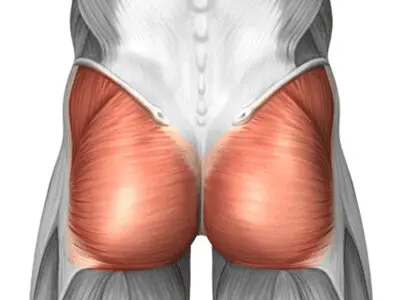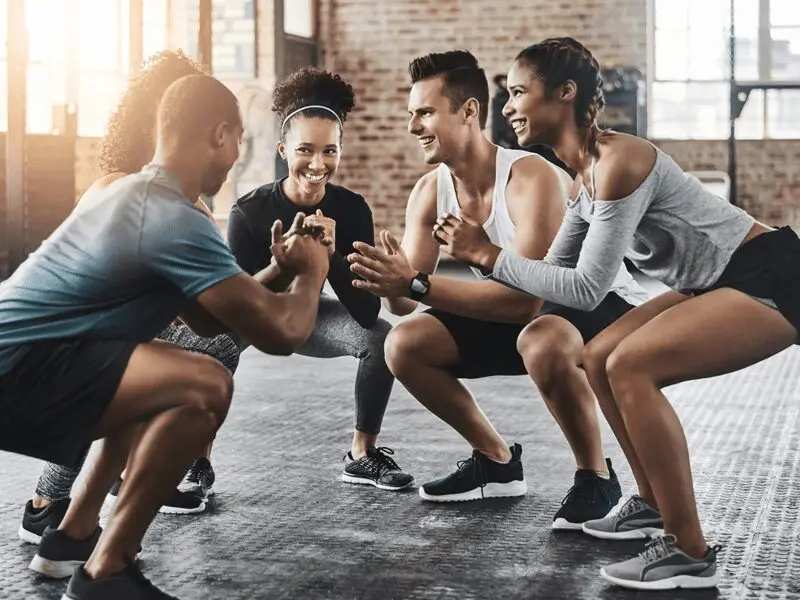Everybody wants to be the most powerful athlete on the field, no matter the sport. The most powerful baseball player hits the most homeruns, the most powerful golfer has the longest drive, and the most powerful boxer has the best chance at delivering a knockout punch.
Power is defined as force times the velocity of a movement. In simple terms, this means that the amount of force you put into something becomes more powerful as the speed of the movement increases.
If 800 pounds of force is placed on an object slowly, the object will move slowly, but if 800 pounds of force is placed into an object quickly, as a heavyweight boxer’s punch, the object will be damaged, destroyed, or be moved with similar speed.
Newton’s third law of motion, “for every action, there is an equal and opposite reaction,” teaches this to us. The question is, how can one become more powerful?
The answer lies within kinetic linking, the ability to transfer force and speed through the body to exit at the desired point. Kinetic linking requires strength in all parts of the body, but the biggest and strongest muscle in the body is the gluteus maximus.

The stronger and more powerful the gluteal muscles are (glute strength), the more powerful the movement in a given sport is going to be, assuming the ability to link the body kinetically is present.
The gluteal muscles are a group of three muscles that make up the buttocks. These muscles are the gluteus maximus, the gluteus medius, and the gluteus minimus, decreasing in size respectively.
The gluteal muscles are responsible for extension of the thigh at the hip, abduction of the hip, external rotation of the thigh at the hip, internal rotation of the thigh at the hip, stabilization of the knee during hip extension via the iliotibial band, and extension of the pelvis at the hip.
This basically means that the gluteal muscles are responsible for standing up, pushing through the ground as in a jump or sprint, rotation at the hip, and stabilization in the lower body. If you look at athletes in almost any sport, you will see well developed and powerful gluteal muscles.
Sprinting, pushing, jumping, punching, nearly all rotational movements, and almost any movement involving the lower body, all require strong and powerful gluteal muscles.
Gluteal strength is not only about the ability to push through the ground in order to create maximum power. Gluteal strength is also vital in creating stability in movement. Let’s take a golf swing for example.
In a golf swing, the torso rotates with a thorax to pelvis separation while maintaining posture. The gluteal muscles provide the stability necessary to maintain posture and achieve the necessary rotation without producing a slide or sway.
This concept travels into other sports as well, such as baseball in which it is necessary to rotate followed by dynamic stabilization in order to control a pitch or swing. In addition to providing stability in movement in sports, the gluteal muscles also provide necessary stability in the body that reduce the risk of injury and prevent pain.
Weak gluteal muscles can contribute to Achilles tendonitis, shin splints, back pain, and iliotibial band syndrome. When the gluteal muscles are under active, the psoas major, a hip flexor, takes over and can create pain in the lower back. In order to reduce back pain in many people, it is necessary to get the hip flexors to relax while developing and engaging the gluteal muscles.
Developing the gluteal muscles and the stabilizers in the lower body can also help correct knee valgus and reduce the risk of injury to the hips and knees. Knee valgus is a common occurrence in sports, weight lifting, and can be seen in people walking down the street everywhere. Knee valgus is the collapse of the knee medially.
Though the cause of knee valgus is not fully understood and is likely caused by several factors, weak gluteal muscles can contribute to knee valgus which increases the risk of injury to the knee and is a strong predictor of future injury to the ACL.
Gluteal muscles in conjunction with the hamstring muscles and the other muscles of the posterior chain help to make athletes more powerful and stable. Those out there who have no interest in athleticism and sports can still benefit from the pain reducing and injury prevention benefits of strong gluteal muscles.
There are many ways to develop strong gluteal muscles, but working with a skilled and knowledgeable trainer is the best way to ensure that your technique and exercise approach will produce the desired results.
Weak gluteal muscles create inefficient and ineffective athletes. Strong and powerful gluteal muscles create powerful athletes and injury resistant people. At the end of the week, ensure that you have not skipped leg day and be certain that you did not neglect the gluteal muscles.

